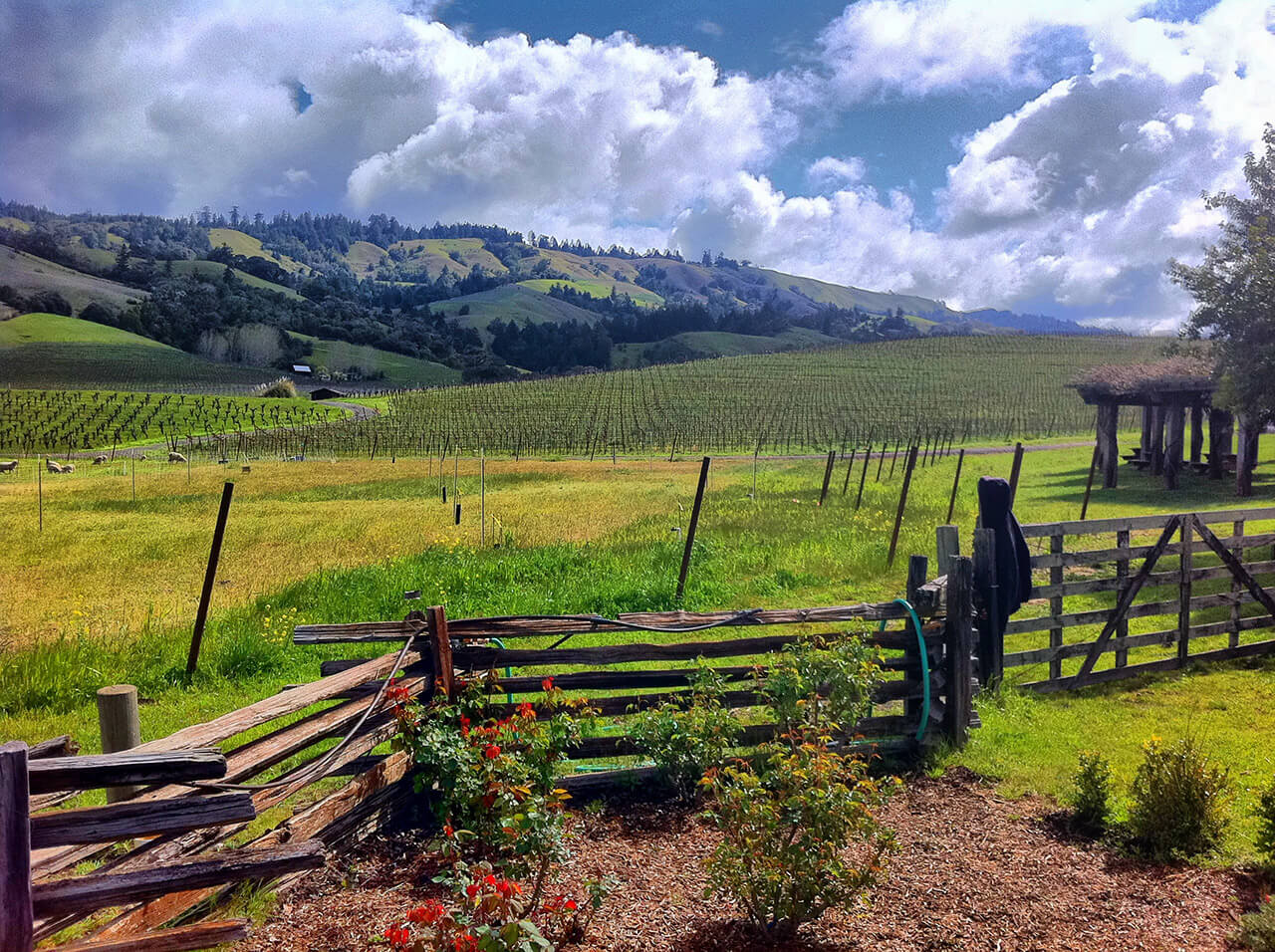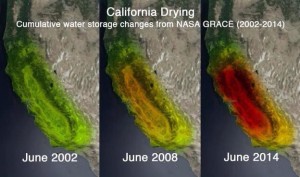Two Steps Away
Lee M. Williams, Chief Operating Officer
I am listening to the news and hearing how communities are dealing with water scarcity issues. The City of San Jose, the 3rd largest in California, is asking residents to reduce water consumption by 30% and residents are frustrated and speaking up. In Texas they think the drought is over because part of the state has been receiving some torrential rains. On NBC, one of the news anchors called and asked their local water company what they could do ‘officially’ to help conserve during times of drought, and the response was, ‘Look outside. That is where you use most of your water.’ What concerns me about these news items is the lack of information embedded in them, and the realization that we are still in the denial phase of the inevitable change that needs to occur to solve our water scarcity issues.
There are really only two steps needed to solve the majority of our water waste issues. Step 1, install a Smart Irrigation System. This implies augmenting or replacing the ‘dumb clock’ that you or your businesses have on location. Timers or clocks don’t help, and we have the technology broadly available that can save tremendous amounts of water, up to 3 trillion gallons. Step 2, mandate ‘real’ changes in water pricing. We can drive awareness through proper pricing.
I remember when I first arrived in Europe and Finland as an expat years ago. The price of gasoline was a real shocker. Then I realized what I had known somewhere deep in the back of my mind the whole time, America subsidizes the price of gasoline, and to such a degree that there is little or no real association of what it costs to extract, refine, transport, and deliver. Not to mention, there is no assessment for environmental impact, and other factors. In the case of gasoline, when you apply the real costs, you create awareness and help drive sustainable behavior. I saw this in Europe and Finland. Ride sharing, public transportation, fuel efficiency, etc. are all socially acceptable practices. In fact, in most European cities it is considered a real luxury to own a personal vehicle. People are called out when they are being wasteful, and not being smart. We can do the same for water.
Water scarcity, and the drought is not a temporal issue. It’s not here because we haven’t been studying the earth and our climates long enough, or because we don’t understand the earths cycles, and yes, global warming is contributing. It’s here because it is a natural cycle of our planet and it’s ecosystems and regions, and because collectively, we have been ignorant and irresponsible with the earths resources.
We use over 6 trillion gallons of fresh water annually over what is being replenished in our reservoirs and aquifers, and this is in California alone. If we applied the two steps mentioned above, it is estimated that we have the potential to save over 14 trillion gallons of water a year. We would have implemented a sustainable and necessary set of practices. Of course there are a set of changes that would need to occur, and they would be primarily embedded in landscaping techniques and practices and in agriculture. It doesn’t mean you have to give up water at the dinner table or take shorter showers, though every little bit helps. We could still supply over 15% of the US Agricultural Exports. You can still have a green lawn and healthy gardens with ivy and trees.
You can’t simply build or spend more on infrastructure or capture more rain water, as has been mentioned and recently promoted by some cities and agencies, as it is estimated that this would only save .4 trillion gallons of water each year. You have to look at the larger problem to understand how best to address it and solve some of the issues. You need a macro not a micro or community level view. A little rain, as refreshing and welcome as it may be, doesn’t help with a Regional, Nationwide, and Global Water Scarcity problem. Take a look at this image from Nasa, as they have been studying the state of our planet, our environment, and climates for decades. We are in the red, and we will remain in the red until we change.
Step 1 can happen through awareness, and widely available product solutions. Step 2 is inevitable, but taking us much longer to get there due to poor politics, bad rhetoric, poor business practices, not enough information, and malfunctioning governments and municipalities. Please do what you can to help.




September 4, 2016 @ 10:22 pm
Very useful article. Thanks!